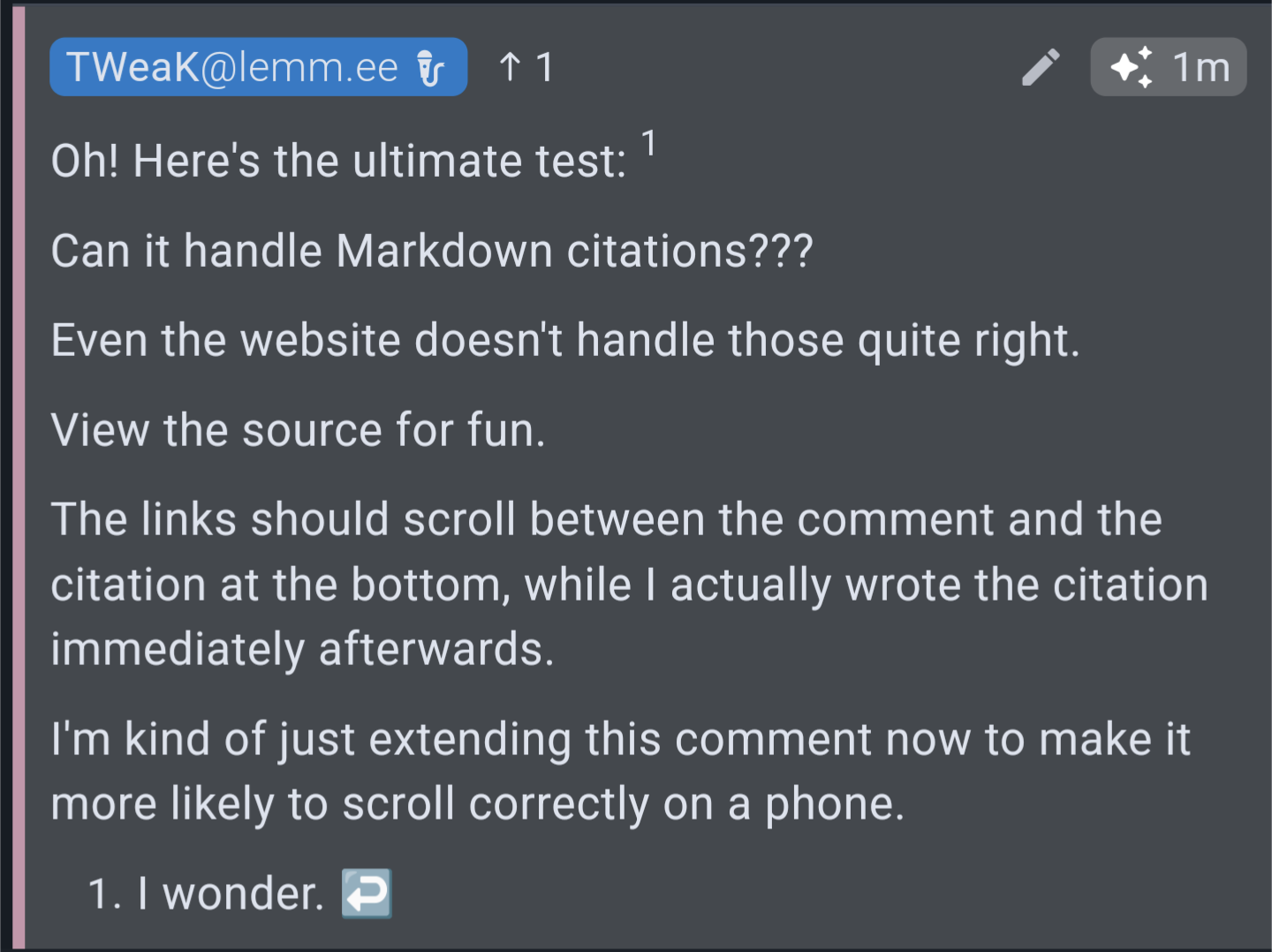

It would be nice if your FreeTube link actually linked to the video in question.
Never mind. This video is fucking trash. I thought it was going to be a romhack or something, but it’s just some guy reviewing the game while thinking he’s funny, and he’s not.








Ah, I didn’t realize that. Thanks for taking the time to explain.